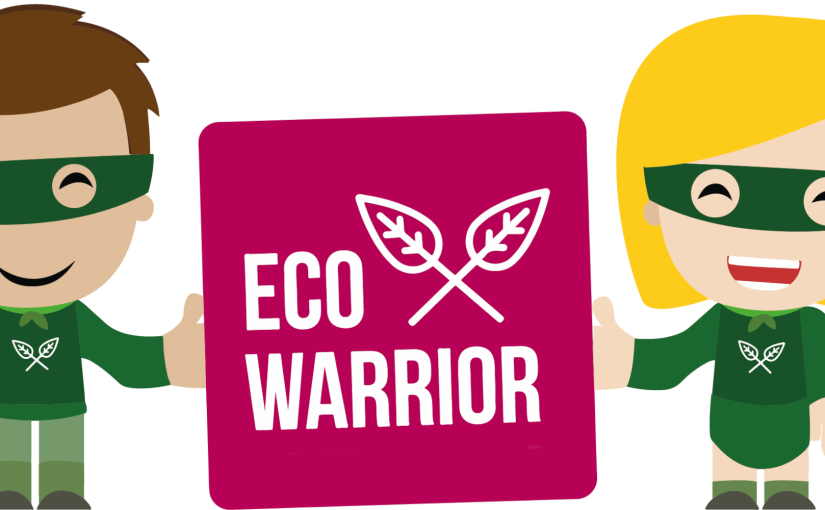Recycling And Upcycling: Getting Free Stuff Sustainably
Welcome to the sustainable side of life, where getting free stuff doesn’t just mean a lucky day—it’s a step towards caring for our planet. Have you ever considered how much we acquire only to toss away? From that mountain of packaging from your online shopping spree to the dearly departed dryer that could have been mended—these items add up in landfills and strain our environment.
But there’s good news: recycling and upcycling can transform what we no longer need into valuable treasures without spending a dime.
Recycling goes beyond separating paper from plastic; it’s about reducing waste and giving items a new lease on life. Did you know upcycling supports not just the Earth but local communities? By choosing to repurpose products, we’re pumping vitality back into neighborhood economies and cutting down manufacturing demands.
Our blog will guide you through fantastic eco-friendly finds, join hands with sustainable brands, and sprinkle in some small changes for big impacts on sustainability. Ready for some green inspiration? Let’s dive in!
Key Takeaways
- Recycling and upcycling help the environment and support local communities by reducing waste, conserving natural resources, and cutting down on pollution.
- Embracing sustainable living doesn’t have to be expensive; plenty of eco-friendly freebies are available that promote a more environmentally conscious lifestyle.
- Joining gift exchange communities such as Buy Nothing groups can help acquire needed items without spending money, contributing positively to the environment while building community ties. Similarly, shopping from sustainable companies saves money while supporting eco-friendly businesses.
- Making small changes like switching to reusable products and being mindful of product sourcing can lead to significant savings over time while positively impacting the environment.
The Benefits of Recycling and Upcycling for the Environment
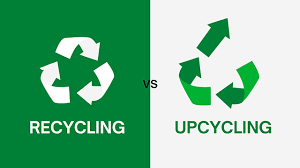
Recycling and upcycling have significant benefits for the environment. They help to reduce waste and landfill space, conserve natural resources, and reduce pollution. By giving new life to old items through recycling or upcycling, we can contribute to a cleaner and healthier planet.
Reducing waste and landfill space
Throwing less stuff away keeps our Earth cleaner. Imagine all the trash we make daily without piling up in a giant heap somewhere. When you recycle things, they get turned into new goods instead of taking up room in landfills.
Big piles of trash can harm the land and water around them, so using fewer spots for garbage helps our planet stay healthy.
Upcycling is another cool trick to cut down on waste. Instead of throwing out an old shirt, for example, someone might turn it into a neat bag or pillow cover. This way, nothing gets added to those big trash heaps! By finding new uses for things we already have, we don’t need as much from stores and can save money while protecting the environment.
Conserving natural resources
Recycling and upcycling are smart ways to save what we need, like trees and water. By recycling paper and wood, you don’t just save money; you also help keep forests strong. Instead of making more plastic stuff, recycle what you have.
This means we use less oil and other things the Earth gives us.
Upcycling is another cool trick. It lets us turn old things into new treasures without needing more from nature. You can take an old shirt and make a bag out of it or turn bottles into bird feeders! This way, we cut down on how much energy we use and still get awesome stuff without digging into Earth’s pockets for more resources.
These good moves mean less trash in our landfills, which keeps our planet happier for longer!
Reducing pollution
Saving our natural resources goes hand in hand with keeping our air and water clean. Upcycling and recycling cut down on the dangerous gases that factories make when they create new things.
These harmful gases can hurt the land, water, and air needed to stay healthy. When people recycle more, less trash is burned or rotated in dumps. This means less nasty stuff is going into the sky or leaking into the ground.
Every soda can or newspaper you throw into the blue bin helps lower pollution. Instead of making those items from scratch, which creates a lot of bad air, companies use your recycled goods to make new ones.
This saves energy and keeps our planet cooler by causing fewer greenhouse gases—the sneaky culprits behind climate change.
So think about it: every time you choose to recycle, you’re not just saving money by not buying something new; you’re also giving Earth a big high-five!
Sustainable Swag: Ideas for Eco-Friendly Freebies
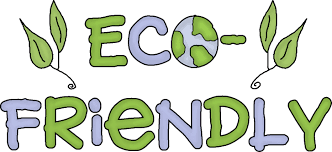
Are you looking for eco-friendly freebies? Try reusable items like Swedish dishcloths and dryer balls, or zero-waste household items like laundry detergent strips. You can also consider plantable seedling cards and garden sprinkle ornaments as sustainable swag options.
These freebies help reduce waste and promote a more sustainable lifestyle.
Reusable items like Swedish dishcloths and dryer balls
When saving money, reusable items like Swedish dishcloths and dryer balls are a smart choice. Swedish dishcloths replace up to 17 rolls of paper towels, saving you money in the long run.
They are super absorbent and versatile, making them a practical and sustainable option for any household. Additionally, dryer balls help reduce drying time and energy costs while being a one-time purchase for many loads.
Making small changes with these economic choices benefits your wallet and helps the planet by reducing waste and conserving resources. Incorporating reusable items into your daily life can make a positive impact without breaking the bank.
Zero-waste household items such as laundry detergent strips
Looking for budget-friendly ways to go eco? Consider zero-waste household items like laundry detergent strips. These are non-toxic, come in plastic-free recycled paper packaging, and are a sustainable option for doing your laundry.
One brand, ECOS, has even achieved a Platinum Zero Waste certification. By switching to these strips, you reduce plastic waste and save money in the long run.
Laundry detergent strips are an excellent way to start your journey towards sustainability without breaking the bank. So why not give them a try and make a positive impact on both your wallet and the planet?
Plantable seedling cards and garden sprinkle ornaments
Plantable seed paper presents a budget-friendly and eco-conscious alternative when considering sustainable gifting options. The swift swag collection provides quick and festive holiday gifts, including plantable seedling cards and garden sprinkles ornaments.
These items make thoughtful presents and contribute to reducing environmental waste. By choosing these sustainable options, you can save money while showing your care for the planet.
Incorporating small changes like this into gift-giving practices can significantly benefit your wallet and the environment.
Joining the Gift Economy and Supporting Sustainable Brands
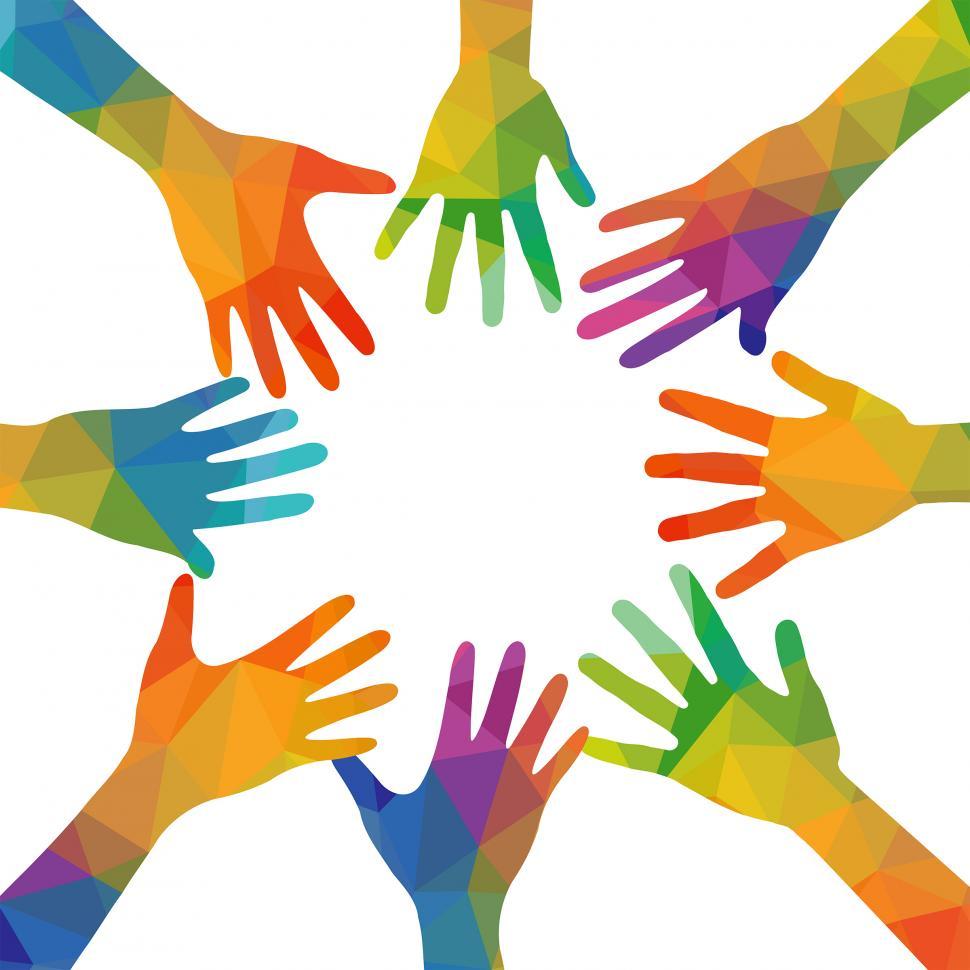
Joining the gift economy and supporting sustainable brands can help you get free stuff sustainably and contribute to reducing waste and promoting a more eco-friendly lifestyle.
Want to learn more about how you can make a positive impact? Keep reading!
Joining Buy Nothing groups and other gift exchange communities
Consider joining Buy Nothing groups and other gift exchange communities to save money while living sustainably. These communities create a hyper-local network where you can give and receive items for free, supporting a gift economy and reducing your environmental footprint.
- Buy Nothing Groups: Join these local gift economies to give away things you no longer need or find items for free without spending money. It’s a great way to declutter your home, get useful items, and build connections with people in your neighborhood.
- Freecycle: Another option is to participate in Freecycle, which operates on a similar concept of giving and receiving items for free within your community. This helps reduce waste, save money, and connect with others in your area.
- Benefits of Gift Economies: Engaging in gift exchange communities allows you to acquire free stuff and promotes sustainability by keeping items out of landfills and fostering a sense of community spirit among neighbors.
- Stick to Your Budget: By obtaining needed items through these groups instead of purchasing new ones, you can effectively manage your budget while minimizing your environmental impact.
- Building Community Ties: Joining these groups offers the chance to establish meaningful connections with those around you while contributing positively to the environment by reusing goods rather than buying new ones.
Shopping from sustainable companies
After participating in gift exchange communities and adopting a more sustainable approach to receiving items, consider extending this practice to your shopping habits. Many sustainable companies offer high-quality products at reasonable prices, allowing you to save money while supporting eco-friendly businesses.
By choosing these companies, you can get essential items and contribute positively to the environment and local economies.
Sustainable brands often prioritize using ethically sourced materials and reducing their carbon footprint throughout production. This commitment results in durable products that may initially have a higher price tag but can ultimately save you money in the long run due to their longevity.
Eco-friendly gift options such as felt ornaments and plush toys
Looking for eco-friendly and budget-friendly gift options? Consider felt ornaments and plush toys. These sustainable gifts are made from renewable materials, reducing the demand for new resources while minimizing waste.
Crafted from biodegradable materials, they are an eco-conscious choice that aligns with responsible gifting practices. Reusing gift boxes, wrapping paper, ribbons, and gift bags is a sustainable way to package these eco-friendly gifts.
By opting for these choices, you contribute to environmental conservation and save money in the process.
Small Changes for a More Sustainable Life
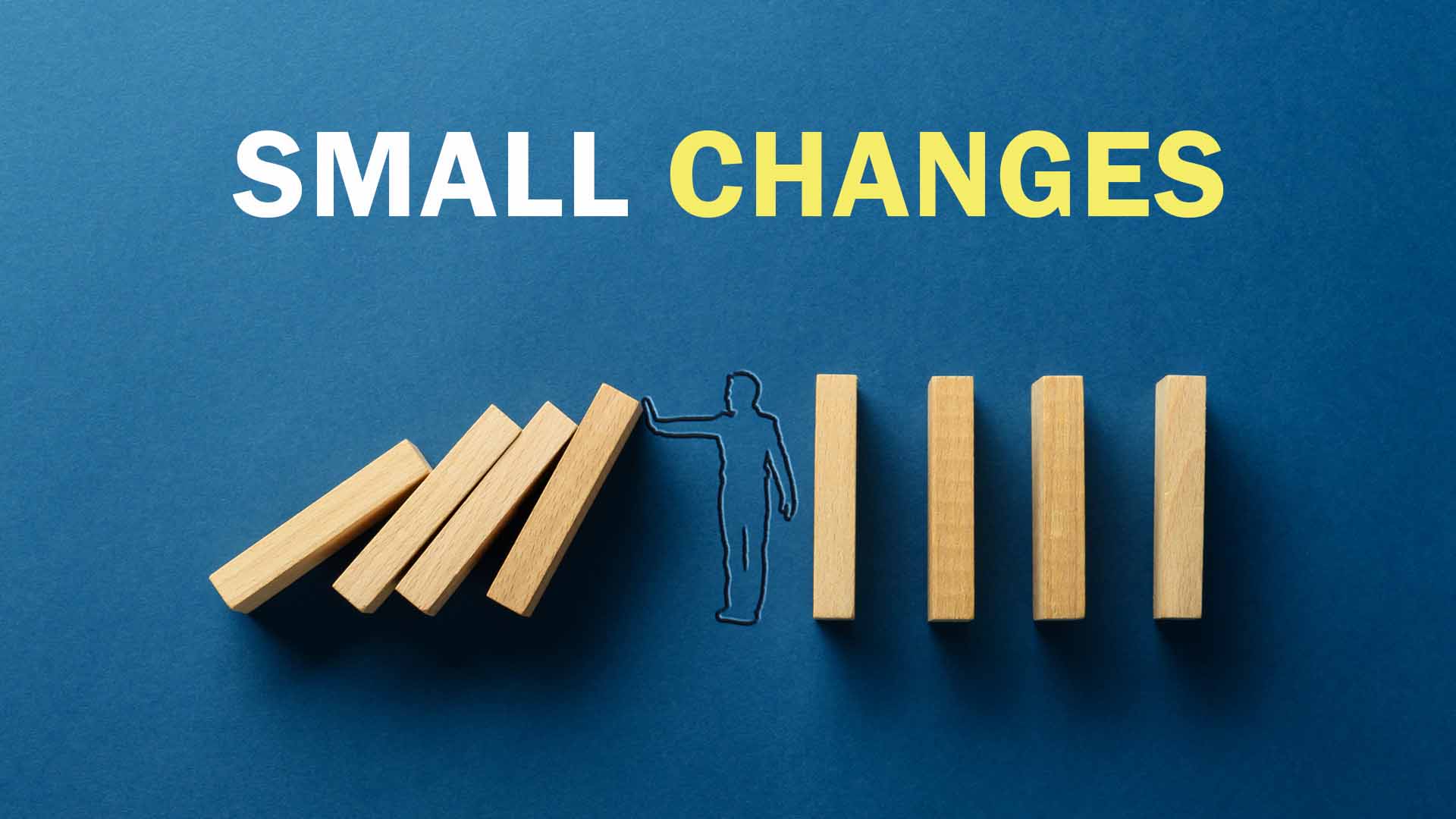
Switching to reusable products like KeepCups and using reusable bags can greatly impact reducing single-use plastic waste. Composting food scraps and using apps like OLIO to share excess food with others are easy ways to minimize food waste.
Supporting local businesses and being mindful of product sourcing can contribute to a more sustainable lifestyle.
Using reusable products like KeepCups and reusable bags
Switching to reusable products like KeepCups and durable, reusable bags helps the planet and saves you money in the long run. Using a metal or glass KeepCup instead of disposable coffee cups reduces waste and saves on your daily caffeine fix.
Similarly, opting for sturdy reusable bags means you won’t have to buy single-use plastic ones every time you go grocery shopping. These small changes can add up to significant savings over time while positively impacting the environment.
To embrace sustainability without breaking the bank, consider these simple swaps as an effortless way to kickstart your eco-friendly journey. Now, let’s explore other ways sustainable choices can benefit your wallet and the planet.
Composting food scraps and using apps like OLIO to reduce food waste
Composting food scraps is a simple and cost-effective way to reduce waste and create nutrient-rich soil for your plants. By composting, you can reduce the amount of trash in landfills, which also helps decrease greenhouse gas emissions.
Plus, it’s an excellent way to save money as you can use compost instead of expensive fertilizers. Apps like OLIO offer a platform for sharing excess food with others instead of letting it go to waste.
This not only reduces your grocery bill but also helps in reducing overall food wastage, contributing positively to both your wallet and the environment.
Being mindful of where products are sourced from and supporting local businesses
When trying to save money, you must consider where your products come from. Supporting local businesses not only strengthens your community but also reduces environmental impact.
Purchasing goods from nearby sources can reduce transportation emissions and help small businesses thrive. Local products often come with less packaging, reducing waste and saving you money in the long run.
Choosing locally sourced items doesn’t just benefit your wallet; it also supports economic growth in your area. Farms and artisans who sell their products locally create job opportunities and contribute to a more sustainable economy.
Look for farmer’s markets, craft fairs, or co-op stores as great places to find affordable goods made close to home.
Final Thoughts
In conclusion, recycling and upcycling offer sustainable ways to get free stuff while helping the environment. By reusing and repurposing items, we reduce waste and conserve natural resources.
Embracing a more eco-friendly lifestyle doesn’t have to be costly; plenty of freebies support sustainability. Small changes in our choices can greatly impact the planet, so let’s continue finding creative ways to embrace recycling and upcycling for a better, greener future.
FAQs

Q: What is the difference between recycling and upcycling?
A: Recycling involves turning used materials into new products, while upcycling requires creatively transforming unwanted items into something of higher value without completely breaking them down.
Q: How can I get started with upcycling and recycling?
A: To get started with upcycling and recycling, you can begin by identifying items that you no longer need but can be used in a new way, for example, transforming old clothing into bags or creating art from discarded materials.
Q: What are some external resources for finding free items to upcycle?
A: You can look for free items to upcycle on platforms like Freecycle, Craigslist, or community swap groups on social media.
Q: How can I go green by upcycling and recycling?
A: Upcycling and recycling can reduce your environmental impact by diverting items from landfills and giving them a new purpose rather than purchasing new items.
Q: How can I contribute to sustainability through upcycling and recycling?
A: You can contribute to sustainability by upcycling and recycling as it reduces waste, conserves resources, and minimizes the environmental impact of creating new products.
Q: I am keen on upcycling but unsure where to start. Any tips?
A: Start with small projects, like repurposing glass jars into storage containers or old t-shirts into cleaning rags. These can give you the confidence to take on bigger upcycling projects.
Q: How can upcycling and recycling result in a cleaner environment?
A: Upcycling and recycling can help keep the environment clean by reducing waste in landfills and decreasing the need for new raw materials.
Q: Is it easy to get free items for upcycling and recycling?
A: Finding free items for upcycling and recycling can be relatively easy through local swap groups, giveaway websites, and community events focused on sustainability.
Q: How can I partner with a supplier for upcycling materials?
A: If you’re looking to partner with a supplier for upcycling materials, it’s important to research and establish a relationship with businesses or individuals who have excess materials that you can repurpose.
Q: Is there a program that rewards upcycling efforts?
A: Some communities or organizations offer rewards or incentives for upcycling and recycling, so it’s worth checking if any local initiatives or programs are in place to support these efforts.

